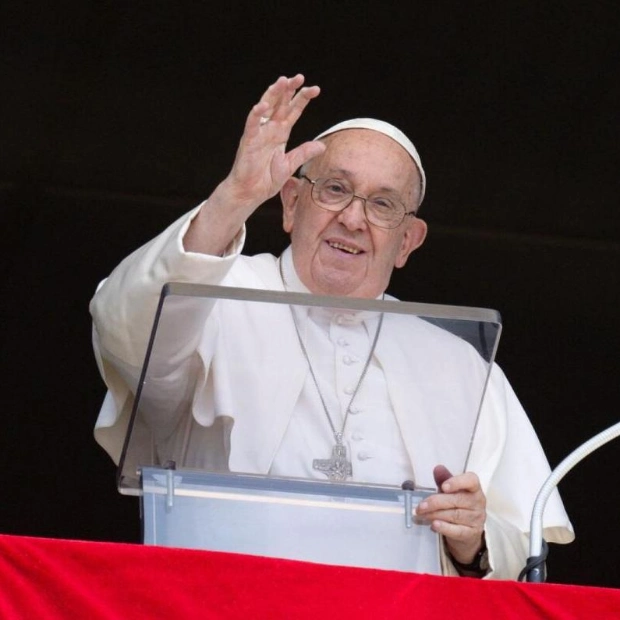Archaeologists have unearthed what they believe to be the tomb of Saint Nicholas, the generous Greek bishop who inspired the Christmas figure Santa Claus. The six-foot-long limestone sarcophagus was discovered buried six feet deep within the two-story annex of St. Nicholas Church in Demre, Antalya, Turkey. Long thought to be the final resting place of the saint, excavations have been ongoing here since 1989, but this latest discovery is the most significant so far.
The project was spearheaded by Ebru Fatma Findik, an Associate Professor at Hatay Kemal University, as part of the 'Legacy for the Future Project'. Findik stated, “The presence of a sarcophagus near the church, believed to house his tomb, suggests that this could be the sacred site we have been seeking.” She added, “This is a crucial archaeological confirmation of historical records regarding the burial place of St. Nicholas.”
While the tomb’s location adds credibility to its connection with Saint Nicholas, the research team is now searching for an inscription that could provide more information about its occupant. Findik explained to Türkiye Today, “Our primary hope is to find an inscription on the sarcophagus. This would help us identify the burial contents and determine the exact period it dates from.”
So far, only the tomb’s lid has been fully uncovered, with a small portion of the burial chamber visible. The team plans to conduct further excavations in the coming months to uncover more clues. Born around 260 A.D. in Myra (now Demre, Antalya, Turkey), Saint Nicholas was an early Christian bishop and the patron saint of children and sailors. Known for his kindness and generosity, stories of his charitable acts evolved into legends of miraculous deeds.
Over time, reverence for Saint Nicholas transformed into the creation of Santa Claus, the cheerful, bearded figure who symbolizes Christmas in the West. The name Santa Claus originates from the Dutch nickname for Saint Nicholas, Sinter Klaas. Despite his fame, little is known about the real Saint Nicholas, except that he was buried in the church named after him following his death around 343 A.D. His actual remains have long been a mystery, believed to have been stolen in 1087 and transported to the Basilica di San Nicola in Bari, Italy.
Although scientific studies have been conducted on these bones, the evidence linking them to Saint Nicholas remains inconclusive.
Source link: https://www.euronews.com






